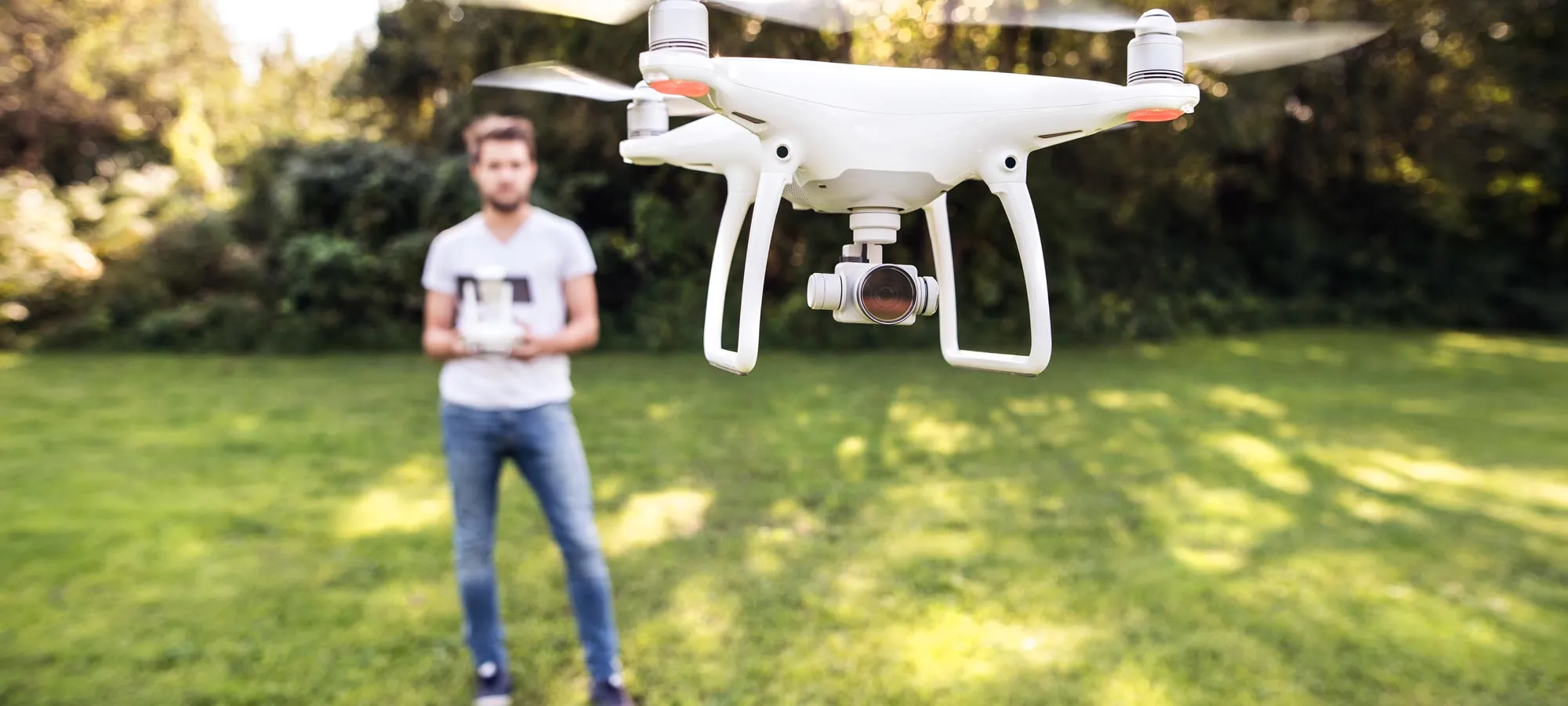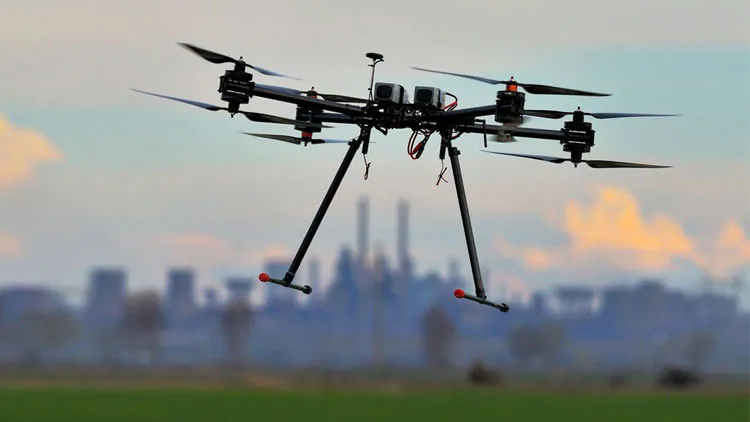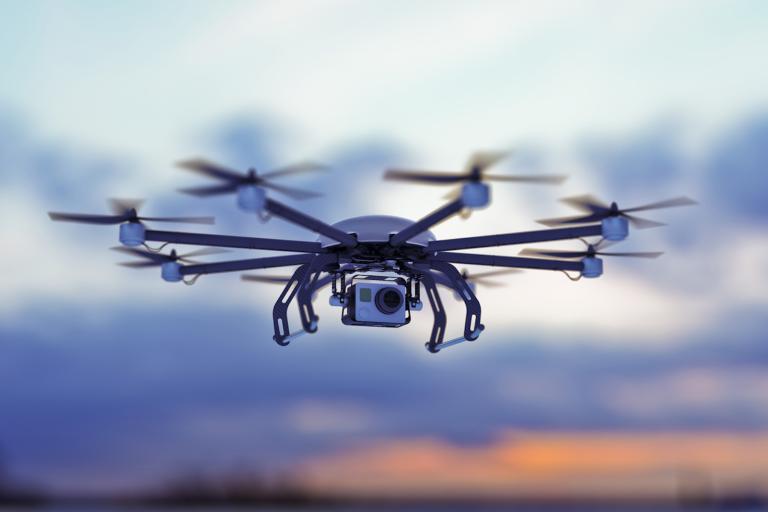
Are you ready to witness the sky’s most groundbreaking revolution? Say hello to autonomous drones, the fearless warriors breaking barriers and redefining missions as we know them.
These cutting-edge marvels are reshaping industries and challenging conventional limits with their unrivaled capabilities.
From search and rescue operations to aerial surveillance, join us on an exhilarating journey as we unveil the top autonomous drones making history one flight at a time. Brace yourselves for a thrilling ride through undiscovered skies!
Introduction to Autonomous Drones
As the demand for faster, more efficient data collection and analysis grows, so does the need for autonomous drones. But what are autonomous drones?
Simply put, they are uncrewed aerial vehicles (UAVs) capable of flying and operating without human intervention. This is made possible through various sensors and onboard computers, allowing the drone to navigate its environment and make real-time decisions.
The use of autonomous drones is a concept that has been introduced previously. Militaries have used them for years in various missions, including reconnaissance, surveillance, and target acquisition. However, it is only recently that this technology has begun to be used in civilian applications.
One of the main benefits of using autonomous drones is that they can cover large areas in a short amount of time. This is especially useful for tasks such as surveying land or inspecting infrastructure. They can also be used for search and rescue operations, as they can quickly cover a large area to find lost or injured people.
Another benefit of using autonomous drones is that they can be operated in dangerous or difficult-to-reach places. For example, they can be used to inspect bridges or buildings after an earthquake or hurricane to assess damage without risking human lives. They can also monitor environmental conditions in remote areas or track wildlife populations.
The use of autonomous drones is still in its early stages, and many challenges must be addressed before they can be widely adopted. However, with the right technology and regulations, they could revolutionize how we collect and analyze data.
Types of Autonomous Missions for Drones
There are various types of missions that autonomous drones can be used for. Some of the most common include:
-Surveillance: Autonomous drones can monitor and surveil areas of interest from a distance without risking human lives.
-Search and Rescue: Drones equipped with thermal imaging cameras can be used to locate people who are lost or stranded in difficult-to-reach places.
-Delivery: With the development of autonomous flying cars, drones may soon be able to deliver packages directly to homes and businesses.
-Environmental Monitoring: Drones can collect environmental data, such as air quality or wildlife populations.
Benefits of Autonomous Drones
As technology continues to evolve, so too do the capabilities of autonomous drones. Once solely the domain of science fiction, autonomous drones are now being used in various industries and applications. Perhaps most notably, autonomous drones are increasingly used in military and security operations.
There are many benefits to using autonomous drones in military and security operations:
- They can be used to gather intelligence without putting human lives at risk.
- They can be used to carry out missions that would be too dangerous for human soldiers or security personnel.
- They can monitor large areas for potential threats or signs of trouble.
They can be used to assist in search and rescue operations.
While there are many benefits to using autonomous drones, there are also some potential risks. One risk is that they could be hacked or hijacked by enemies and used against us. Another chance is that they could malfunction and cause harm to innocent people or property.
Despite these risks, the benefits of using autonomous drones far outweigh the risks, and we are likely to see them become increasingly commonplace in the years to come.
The Top Autonomous Drones Revolutionizing Missions
Small, agile, and equipped with state-of-the-art sensors and software, autonomous drones are quickly becoming indispensable for a wide range of missions, from search and rescue to agricultural mapping. Here are some of the top autonomous drones that are revolutionizing tasks across the globe:
1. The DJI Phantom 4 Pro is a versatile drone that can be used for various missions, including search and rescue, mapping, and surveying. Equipped with a 1-inch 20-megapixel sensor, the Phantom 4 Pro can capture high-resolution images and videos. It also features obstacle avoidance technology and can be controlled via a smartphone or tablet.
2. The Yuneec Typhoon H Plus is another versatile drone that can be used for various missions. It features six rotors for stability and maneuverability and a 360-degree gimbal camera that allows you to capture stunning 4K video footage. Additionally, the Typhoon H Plus has advanced sensors that will enable it to avoid obstacles and automatically land itself in an emergency.
3. The Parrot Bebop 2 is a compact drone perfect for indoor or outdoor use. It features a 14-megapixel HD camera that can shoot video in 1080p resolution. The Bebop 2 has built-in GPS capabilities and can be controlled via your smartphone or tablet.
Safety and Regulation Concerns with Autonomous Drones
When it comes to operating drones, safety is always a top concern. This is especially true for autonomous drones, uncrewed aircraft that are used without human intervention.
There are many potential safety and regulation concerns with autonomous drones. For example, who would be held responsible if an autonomous drone were to crash? Would it be the manufacturer of the drone, the operator of the drone, or the person who programmed the drone?
Another concern is that autonomous drones could be used maliciously, such as spying on people or delivering explosives. Several reports have already of suspicious drones flying near airports and other sensitive areas.
The good news is that many organizations are working on developing safe and regulating standards for autonomous drones. For example, the International Civil Aviation Organization (ICAO) is working on developing a regulatory framework for unmanned aircraft systems.
As autonomous drones become more prevalent, ensuring they are operated safely and by regulations is essential.
Applications of Autonomous Drone Missions
Several industries already benefit from autonomous drones, and the list is only expected to grow. Here are a few examples of how drones are being used today and the potential applications for tomorrow:
– Agriculture: Drones are used for crop mapping and analysis, as well as fertilizer and pesticide application.
– Infrastructure inspection: Drones can inspect bridges, buildings, and other infrastructure for signs of wear or damage. This is especially useful for large or hard-to-reach structures.
– Disaster relief: Drones can be used to assess damage after a natural disaster and deliver supplies to areas that are difficult to reach by ground.
– Package delivery: Several companies are experimenting with using drones. This could be faster and more efficient than traditional methods.
– Search and rescue: Drones equipped with thermal cameras can be used to find people who are lost or stranded in rugged terrain.
Conclusion
Autonomous drones are revolutionizing missions. They have broken barriers in how we can use technology to help complete critical tasks, and this is only the beginning of what they can do.
With their ability to go beyond remote-controlled flight, autonomous drones open up a world of possibilities for us to explore. As technology advances, so will our capabilities with these powerful tools.
We look forward to seeing all the fantastic things autonomous drone technology has in store!








